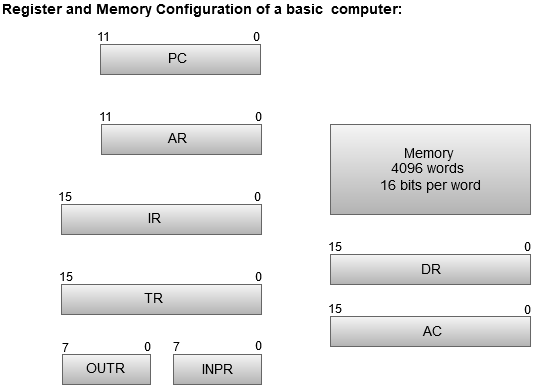Welcome to Everyone
Be yourself; Everyone else is already taken.
— Oscar Wilde.
This is the first post on my new blog. I’m just getting this new blog going, so stay tuned for more. Subscribe below to get notified when I post new updates.
Computer Science
Be yourself; Everyone else is already taken.
— Oscar Wilde.
This is the first post on my new blog. I’m just getting this new blog going, so stay tuned for more. Subscribe below to get notified when I post new updates.
Text analysis allows companies to automatically extract and classify information from text, such as tweets, emails, support tickets, product reviews, and survey responses. Popular text analysis techniques include sentiment analysis, topic detection, and keyword extraction.
Businesses might want to extract specific information, like keywords, names, or company information. They may even want to categorize text with tags according to topic or viewpoint, or classify it as positive or negative
JavaFX is a Java library used to develop Desktop applications as well as Rich Internet Applications (RIA). The applications built in JavaFX, can run on multiple platforms including Web, Mobile and Desktops.
JavaFX is intended to replace swing in Java applications as a GUI framework. However, It provides more functionalities than swing. Like Swing, JavaFX also provides its own components and doesn’t depend upon the operating system. It is lightweight and hardware accelerated. It supports various operating systems including Windows, Linux and Mac OS.
JavaFX was developed by Chris Oliver. Initially the project was named as Form Follows Functions (F3) . It is intended to provide the richer functionalities for the GUI application development. Later, Sun Micro-systems acquired F3 project as JavaFX in June, 2005.
Sun Micro-systems announces it officially in 2007 at W3 Conference. In October 2008, JavaFX 1.0 was released. In 2009, ORACLE corporation acquires Sun Micro-Systems and released JavaFX 1.2. the latest version of JavaFX is JavaFX 1.8 which was released on 18th March 2014.
Historically there have been 2 types of Computers:
The modern computers are based on a stored-program concept introduced by John Von Neumann. In this stored-program concept, programs and data are stored in a separate storage unit called memories and are treated the same. This novel idea meant that a computer built with this architecture would be much easier to reprogram.

The basic structure is like,
It is also known as IAS computer and is having three basic units:
Let’s consider them in details.
In general terms, the architecture of a computer system can be considered as a catalogue of tools or attributes that are visible to the user such as instruction sets, number of bits used for data, addressing techniques, etc.
Whereas, Organization of a computer system defines the way system is structured so that all those catalogued tools can be used. The significant components of Computer organization are ALU, CPU, memory and memory organization.
Registers are a type of computer memory used to quickly accept, store, and transfer data and instructions that are being used immediately by the CPU. The registers used by the CPU are often termed as Processor registers.
A processor register may hold an instruction, a storage address, or any data (such as bit sequence or individual characters).
The computer needs processor registers for manipulating data and a register for holding a memory address. The register holding the memory location is used to calculate the address of the next instruction after the execution of the current instruction is completed.
